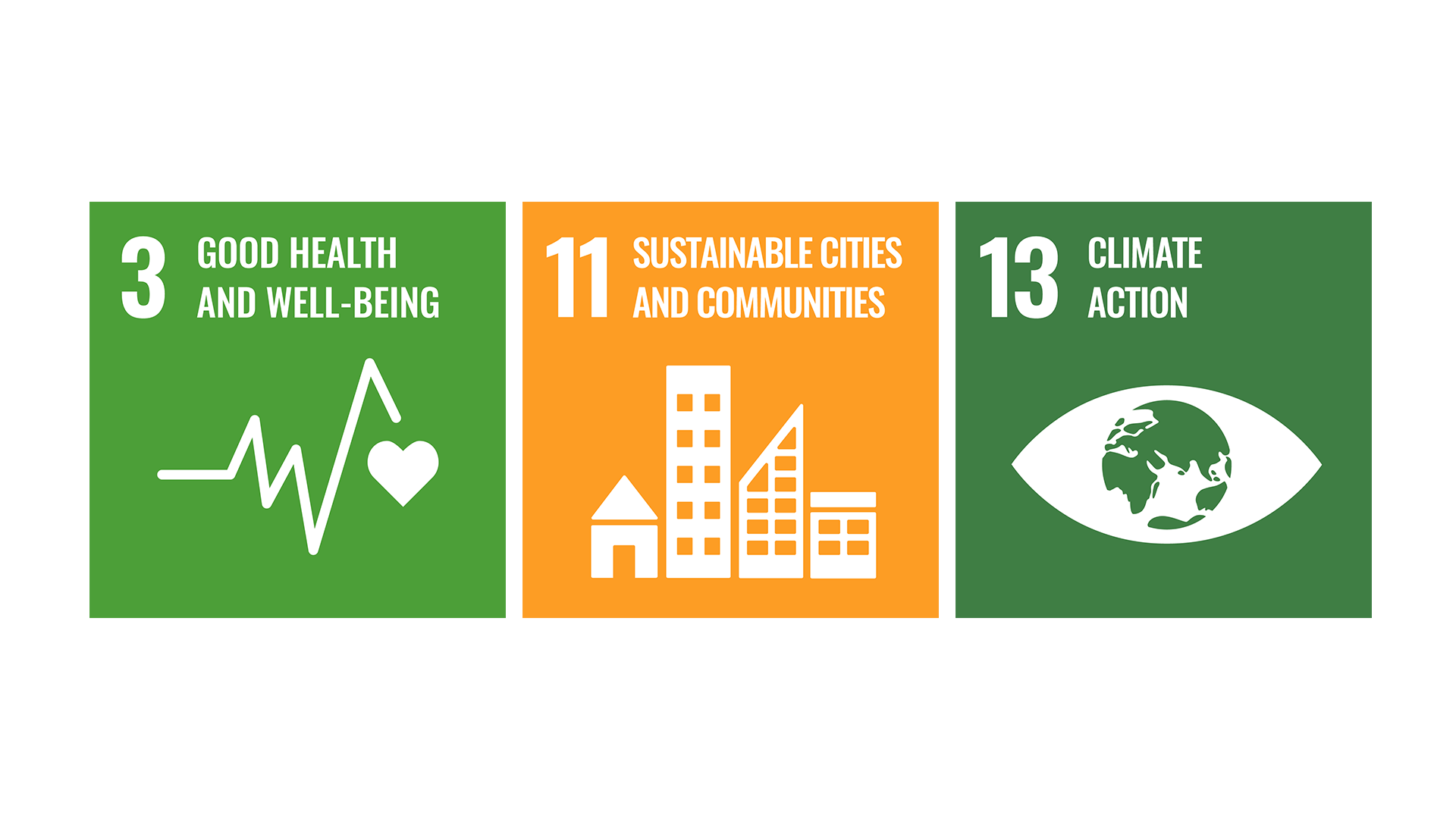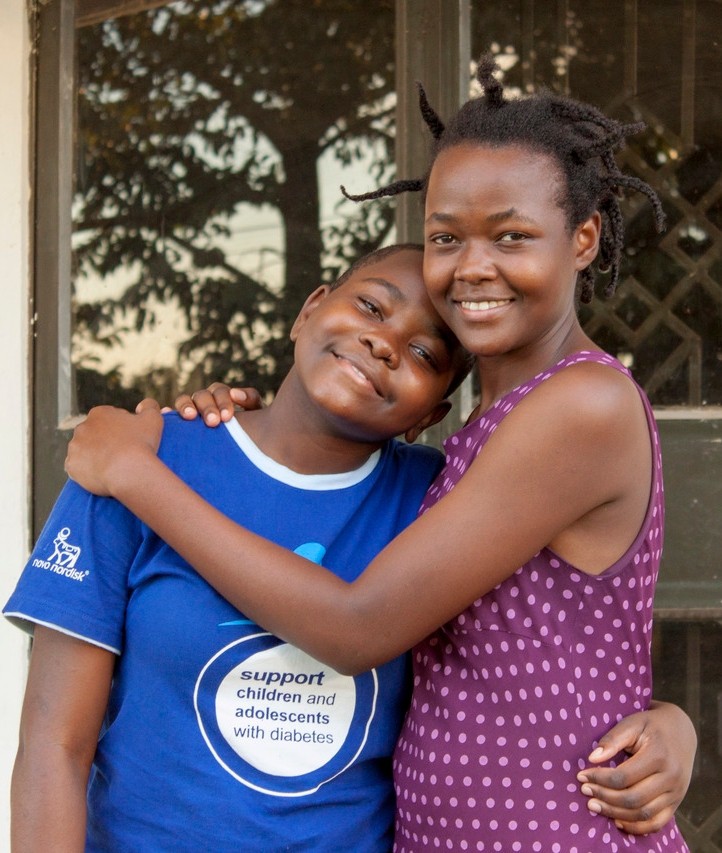We see the Sustainable Development Goals as an opportunity to step up on sustainability, providing better health care for more people and delivering on an aspiration of zero environmental impact by 2030.
We work through partnerships with both public and private organisations across multiple goals. We particularly welcome the recognition of the importance of the growing burden of diabetes and other non-communicable diseases (NCDs).
Our approach to the SDGs is based on the three bearing principles of the SDGs:
1. Universality - the SDGs apply to every nation and every sector. Cities, businesses, schools, organisations, all are challenged to act.
2. Integration - the SDGs are all inter-connected in a system. The world has not succeeded until all of the SDGs have been achieved.
3. Transformation - achieving the SDGs involves making very big, fundamental changes in how we live on Earth.
We believe, that we first need to understand where we can maximise our positive impact and minimise our negative impact on the SDGs. We have therefore conducted a materiality assessment of all 169 targets towards the materiality of our operations and license to operate. We have used the SDG Self-Assessment Tool developed by the Earth Security Group together with SAB Miller plc.
The conclusion of the assessment is that we will have the most impact on Goal 3 on Health and Goal 12 on Responsible Consumption and Production.
You can read more on what we currently do to maximise our positive impact and minimise our negative impact on Goal 3 and Goal 12.

We work in partnerships on the interrelatedness of the SDGs. We find this has the best potential for transformative solutions. A good example is our Cities Changing Diabetes partnership programme, where we also touch upon Goals 11, 13 and 17.
Cities Changing Diabetes works with more than 100 local partners to map and analyse root causes of urban diabetes and provide solutions to address systemic issues related to healthy living in cities. For example by collaborating with C40, the programme promotes actions in cities that provide both climate and health benefits.
We have been investigating how we can apply the SDGs to achieve greater impact going forward. We are working together with the Future Fit Foundation to calculate how we contribute to the SDGs by both looking at Future-Fit Break-Even Goal and potential positive pursuits. In 2018, we finalised the first ever calculation of the 23 Break-Even Goals and had the work assured. As our initial calculations showed, we do really well on some of the Break-Even Goals and have work to be done on others.
On a scale from 0 till 100, our scores on the Break-Even Goals fall as follows:
- 10 have a score from ≥75 till 100
- 6 have a score from ≥25 till ≤75
- 7 have a score from 0 till ≤25
